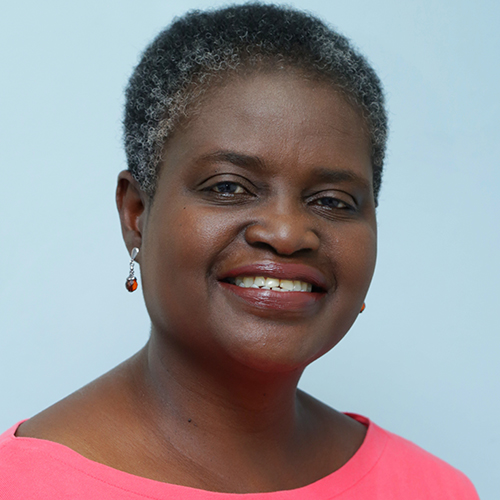Trinidad and Tobago's Institute of Marine Affairs (IMA) recently deployed a water quality monitoring buoy with the aid of local fishermen, in response to ongoing tensions between the artisanal fishers and big industry over the source of pollution in the Gulf of Paria and subsequent fish kills.
The buoy, which was deployed approximately a mile and a half from the Claxton Bay Fishing Depot at a location chosen by the fishermen in the Gulf of Paria, is a proof of concept whose success will likely lead to other such buoys being deployed in the country's waters.
A recent oil spill on Trinidad's historic Chaguaramas Peninsula, where a U.S. military base was located during World War II, led to calls by the nonprofit Fishermen and Friends of the Sea of Trinidad and Tobago for someone to be held accountable. The spill, which was blamed on the state oil company, Petrotrin, occurred in April of this year and reached as far as Venezuela, the Dutch Islands, and Mexico, leading to Venezuelan NGOs demanding reparation, according to one local media report.
Trinidad and Tobago's economy is built on oil and gas and many of the world's major fossil fuel extraction companies operate in the country, and share its waters with local fishermen.
“The project came as a direct response to the IMA’s investigation of fish kills and oil spills in the Gulf of Paria in recent months and the private partners sector also responded through the use of their resources to do their part for the national interest,” IMA Acting Deputy Director Rahanna Juman said.
The buoy, which comes with a digital cellular connection provided by Digicel; a cloud platform provided by Microsoft Azure; and an Internet of Things (IoT) platform to filter and process all the information, provided by Fujitsu Caribbean, is equipped with sensors to measure hydrocarbons, salinity, temperature, turbidity and other changes in water quality.
“The specially designed buoy is equipped with underwater sensors positioned to provide real time data and critical insight into levels of pollution and other changes to the marine environment that can better inform stakeholders about environmental incidents such as previously untraceable oil spills and previously inexplicable fish kills,” a release from the IMA said.
“The instrument could pick up substances and identify which company [the pollution] is coming from.Previously, if an oil spill happens and they come 48 hours later [to collect samples], you could never get that data, and the companies always try to defend themselves because they do not want to be held accountable,” Kishore Boodram, president of the Claxton Bay Fishing Association, told SeafoodSource.
Juman, of the IMA, Juman told SeafoodSource via email that the buoy will help reduce the time between when an oil spill begins and when it is investigated.
“Many times when reports are received and a team is mobilized to go out and investigate a reported fish kill, due to the lapse between the start of the event and the time of the investigation, the cause of the incident such as a fish kill remains inconclusive,” Juman said.
(Photo Courtesy Trinidad and Tobago Ministry of Planning)






